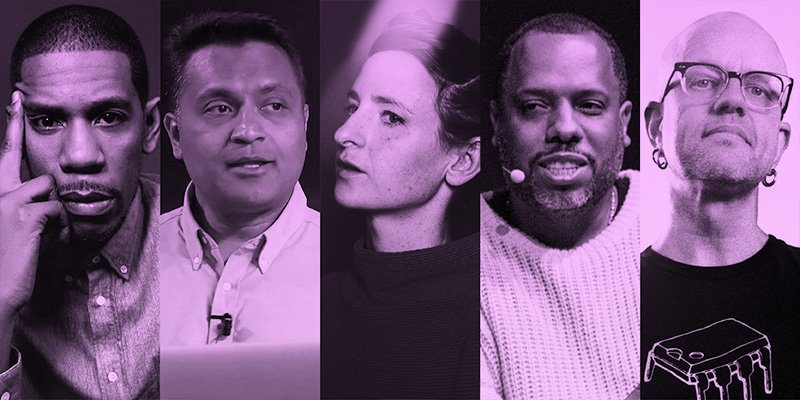Loop: Five Perspectives on Sampling

Sampling has been a central technique of electronic music production from the earliest experiments of 1940s ‘musique concrète’ – composing by arranging pieces of recorded sound into new musical contexts. Early keyboard instruments that played back samples, such as the Chamberlin and the Mellotron were somewhat unreliable and expensive, thus limiting their use to those that could afford to maintain them. However, by the 1980s the first generations of digital samplers made their way into professional and semi-pro studios. Machines made by the likes of EMU and AKAI played a key role in shaping the early sound of hip hop, house, techno and drum & bass.
From the 90s onward, sampling (and sample manipulation) capabilities were incorporated into the basic functions of DAWs and stand-alone music-making machines to the extent that it can rightfully be said that anyone who makes music today has some direct or indirect experience of sampling. Since sampling has given rise to so much music – and so much discussion around its use – we thought it would be interesting to share a few perspectives some of its practitioners have voiced at our Loop events in recent years. Check out the video below to hear Robert Henke, Katie Gately, Young Guru, No I.D., and Abid Hussain weigh in on some of the practical, aesthetic, technical, moral and legal aspects of the art of sampling.
See more from Loop